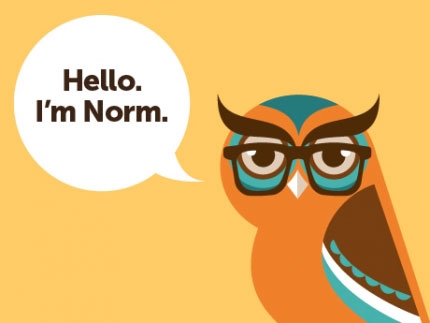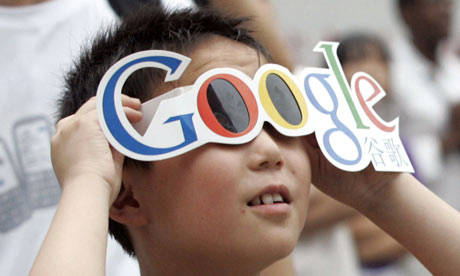Author of the widely popular book, Culturally Relevant Teaching and the Brain, Zaretta Hammond once shared that a common question asked of her is, “How should I best teach Black students?”
Knowing that the question, in and of itself, is problematic in its over simplified reduction and continued othering of black students, she offers that at the very minimum a first step can be to
stop teaching as if all students learn the same; specifically, stop teaching first and solely to normalize and to align with dominant or white culture learning styles.
2020 has been a perfect storm of a year that offers us the opportunity to not do school as usual. The shared harm of COVID-19 along with the uprising against systemic racism and harm specifically to our black community has led to schools and entire districts adopting a focus on anti-racist teaching and healing. This must be commended. Period. And… at the same time, such a commitment will be difficult as it requires more than just the rhetoric. Even now, I constantly am defending that decentering whiteness does not mean the same thing as disserving white students.
As with most difficult work, we must prepare for resistance. Some resistance comes from individuals – a few (and too many) who do not wish to commit to racial justice, equity or interrupting white supremacy, and more who automatically resist (even with “good intentions”) that which they find difficult, scary or vulnerable. Some resistance comes from what NYC Chancellor Richard Carranza calls the “elasticity of the status quo”; this is the impact of our need to go back to our original systemic design when we are unsure of what to do.
If we are unsure of our original design, keep in mind that in “1779, Thomas Jefferson proposed a two-track educational system, with different tracks in his words for ‘the laboring and the learned.” Scholarship would allow a very few of the laboring class to advance, Jefferson says, by “raking a few geniuses from the rubbish.’” Furthermore, if we are unsure of how our history of colonization plays out… and for whom, schools were designed to benefit white people at the expense of people of color and today this intent persists. Even with our commitments to equity and anti-racist teaching, our very design – or school as usual – is for the purpose of preparing those in and who benefit from dominant culture to profit from those who do not.
So, if we want to consider NOT doing school as usual, we will need to commit to studying and learning about the role whiteness, white culture and white supremacy has on our schools and classrooms today, for if we are educators, we are agents of this system so many of us so desperately seek to disrupt. Even if whiteness is not our identity, it is most likely the identity of the system that provides many of us our paychecks.
Already, we are hearing the pushback. With a focus on antiracist teaching, we are hearing comfort in talking about antiracism which can be studied, academically, through a window… but discomfort talking about antiracist TEACHING, which requires us to look into our mirrors. When pushed, we are hearing white-ally teachers exclaim, “I am not a racist.”
It is not a new idea that the, “am I am a racist” question should be retired. We know enough now – the question we need to ask ourselves is “am I actively being antiracist? And if yes, how?” To this question – not one of us should have an answer with finality. Again, we now know enough – the work requires us always to be in progress. Yes, there are right answers.
It is important to know where our work begins.
Do we collate the base language of white, white culture, white supremacy and white people? Do we interchange the terms race, racism, racist, A racist? Perhaps we need to start with some basic study or readings. Perhaps we need to determine which terms mean which things for the discourse we need to have.
Do we have basic knowledge of the academic terminology but lack the connectivity to our own and others’ stories? Then perhaps we need to commit time for story sharing. We can start with hearing stories of those not within our circle through text. Then we can share our own stories while discussing the texts. Perhaps we are ready or needed to benefit from making meaning of our racial reality in racial affinity. Affinity groups can be powerful places for healing and mentorships – and to prepare us to better work across racial difference.
Do we know and value teaching about anti-racism but do not know how that looks in our own pedagogies? More importantly, do we continue to see racial discrepancies in the experiences of our students? Do we have the will and capacity, but do not yet have the experience? Do we not lack the cultural humility by following those who know better (including the students and communities themselves)? There are many, many resources that help us to rectify this. Many resources over many, many years (from Howard Gardner, to Geneva Gay, to Gloria Ladson-Billings, to Zaretta Hammond, to…)
When we, especially those of us living in white skin privilege, have not yet demonstrated success, what keeps us from following those who know more? Each us who is failing students predictably by demographics has firsthand access to experts who can help: the very students we are failing predictably by demographics.
Now, in 2020 when everything is on the table and we say we are committed to NOT doing school as usual, let’s really commit to anti-racist teaching. Whether our antiracist teaching takes the form of project based learning, or restorative practices, or collaborative learning, or community circles, or intentional scaffolding, or academic discourse, or peer mentoring, or ill-structured problems, or subject integration, or authentic assessment, or personalization/ advisory, or… we have work to do. Done with integrity, that work can lead to the results we have espoused to want for generations. So, let’s work.
Let’s commit to the work each and every single one of us needs to do to actively be working to be an anti-racist. Let’s – each and every single one of us – commit to the constant study, practice and reflection for continuous improvement in our classrooms, schools, districts and boardrooms to demonstrate and model actual antiracist teaching pedagogies. Let’s elevate the voice and history and excellence of the students and communities we are accountable to serve.








